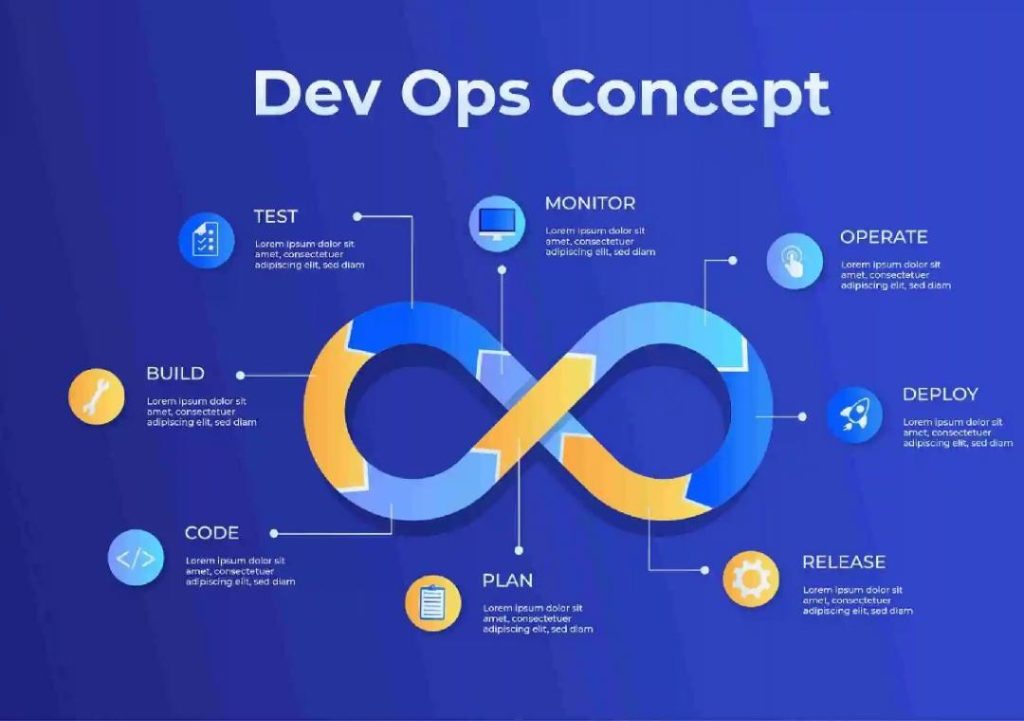
How DevOps Streamlines Development and Deployment
In today’s fast-paced digital landscape, speed and reliability are crucial for businesses to stay ahead of the competition. The traditional approach to software development, which involves manual testing, lengthy release cycles, and unclear ownership, is no longer sufficient. This is where DevOps comes in – a set of practices that combines software development (Dev) and IT operations (Ops) to improve collaboration, reduce errors, and increase efficiency.
In this blog post, we’ll explore how DevOps streamlines development and deployment, and provide actionable tips to help you implement these best practices in your organization.
The Benefits of DevOps
DevOps offers numerous benefits, including:
- Faster Time-to-Market: With automated testing and deployment pipelines, you can reduce the time it takes to get new features and updates to market.
- Increased Efficiency: By automating repetitive tasks and improving collaboration between teams, you can reduce the risk of errors and improve overall efficiency.
- Improved Quality: With automated testing and continuous integration, you can ensure that your software meets the highest standards of quality.
- Better Collaboration: DevOps encourages collaboration between development and operations teams, leading to better communication and a more cohesive approach to software development.
Key DevOps Practices
So, what are the key practices that enable DevOps to streamline development and deployment? Here are a few essential ones:
- Continuous Integration (CI): CI involves automating the build, test, and deployment of code changes. This ensures that all changes are thoroughly tested and validated before being released to production.
- Continuous Deployment (CD): CD involves automating the deployment of code changes to production. This ensures that new features and updates are quickly and reliably deployed to end-users.
- Infrastructure as Code (IaC): IaC involves codifying infrastructure configurations using code. This ensures that infrastructure is consistently configured and easily reproducible.
- Automated Testing: Automated testing involves using automated tools to test code changes. This ensures that code changes are thoroughly tested and validated before being released to production.
- Canary or Phased Rollouts: Canary or phased rollouts involve rolling out new features or updates to a small group of users before deploying them to the broader audience. This ensures that new features or updates are thoroughly tested and validated before being released to all users.
- Rollback Plans: Rollback plans involve having a plan in place to roll back to a previous version of the code in case something goes wrong. This ensures that the impact of errors is minimized.
Implementing DevOps
Implementing DevOps involves several steps:
- Start by automating one pipeline: Begin by automating a single pipeline to get a feel for the process and to identify areas for improvement.
- Measure results: Track key metrics such as lead time, deployment frequency, and mean time to recover (MTTR) to measure the effectiveness of your DevOps pipeline.
- Expand coverage and test depth: As you become more comfortable with the process, expand the scope of your pipeline to include more features and tests.
- Implement IaC: Codify your infrastructure configurations using IaC to ensure consistency and reproducibility.
- Adopt canary or phased rollouts: Use canary or phased rollouts to ensure that new features or updates are thoroughly tested and validated before being released to production.
- Develop rollback plans: Develop rollback plans to ensure that you can quickly roll back to a previous version of the code in case something goes wrong.
Conclusion
DevOps is a powerful approach to software development and deployment that can help organizations improve collaboration, reduce errors, and increase efficiency. By implementing key DevOps practices such as continuous integration, continuous deployment, infrastructure as code, automated testing, canary or phased rollouts, and rollback plans, organizations can streamline their development and deployment processes and get new features and updates to market faster.
Source:
https://www.growthjockey.com/blogs/devops-essentials-development-and-deployment-processes





